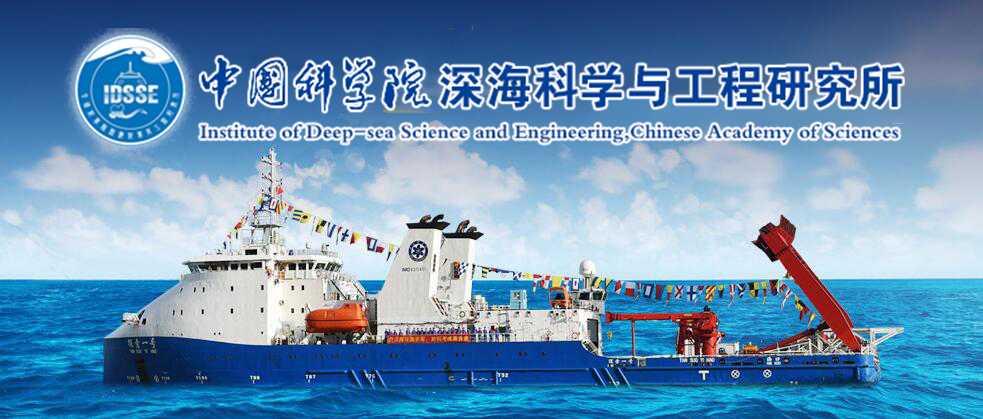Tidal residual currents are a significant component of shallow ocean circulation that determines the net transport of nearshore nutrients, pollutants and sediments. Although existing work has revealed some aspects of the tides and tidal current characteristics, the structure of tidal residual currents and their relationship with sediment transport in Sanya Bay have been insufficiently researched. This study utilizes a three-dimensional MITgcm model to explore the characteristics of the tidal residual currents in Sanya Bay. The research reveals that Eulerian residual current, which is minimal along the coast with a velocity of less than 0.3 cm/s, exhibits a relatively large average speed of approximately 4.8 cm/s, especially evident around West Island and the southwest tip of Luhuitou Peninsula, where currents peak at 26 cm/s. Two clockwise residual circulations and some smaller-scale residual circulations are identified, significantly affected by the coastline and islands. The Stokes residual current, despite its smaller amplitude averaged at 0.3 cm/s with localized maxima of 0.9 cm/s, constitutes over 30% of the Lagrangian residual current in coastal areas, and is opposite in direction to the Eulerian residual current. The Lagrangian residual current, averaging approximately 4.8 cm/s, is shaped by both Eulerian and Stokes residual currents, with the O1 and K1 tidal constituents being the main influencers. The tidal residual currents in Sanya Bay are intimately connected with sediment transport trends, with the exception of nearshore areas from Tianya Haijiao to HaiYue Square where other factors such as waves and wind may exert a greater influence. Analyzing the tidal residual currents is vital for anticipating the diffusion and transport of sediments and other substances in Sanya Bay.


 琼公网安备 46020102000014号
琼公网安备 46020102000014号
